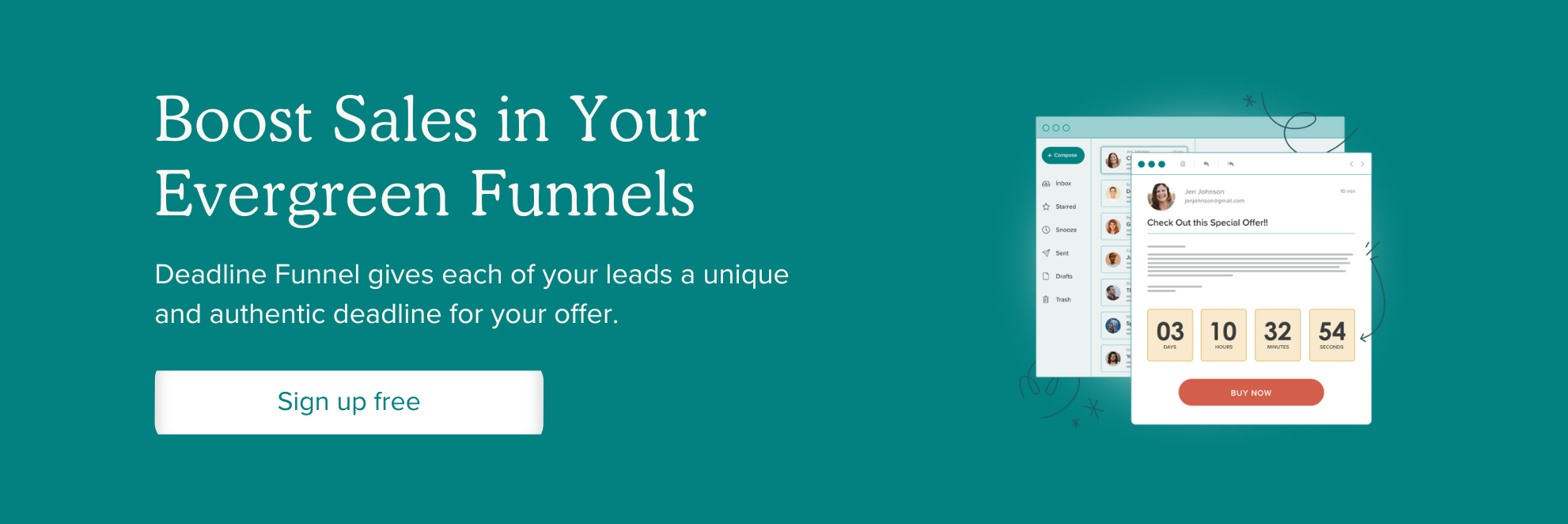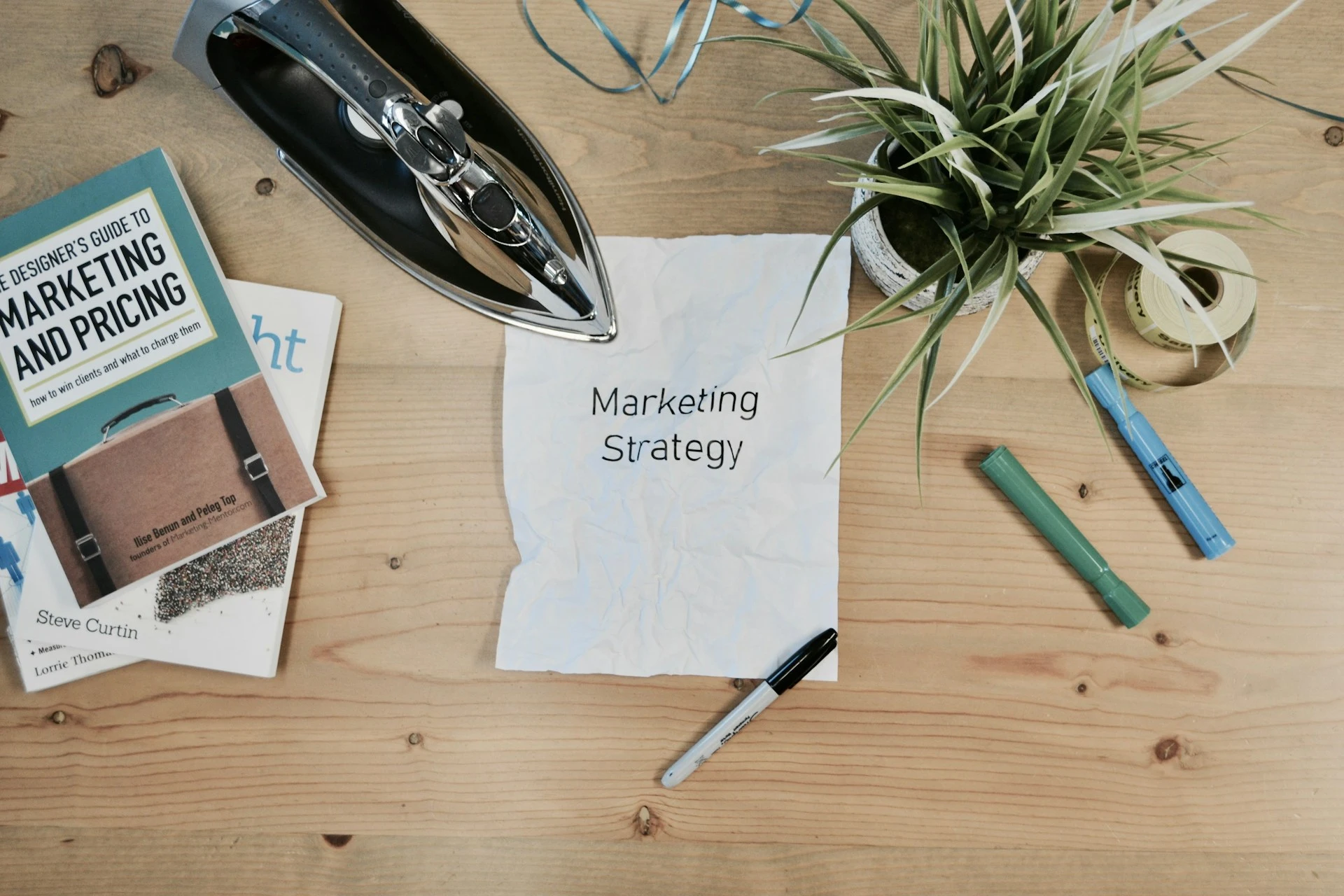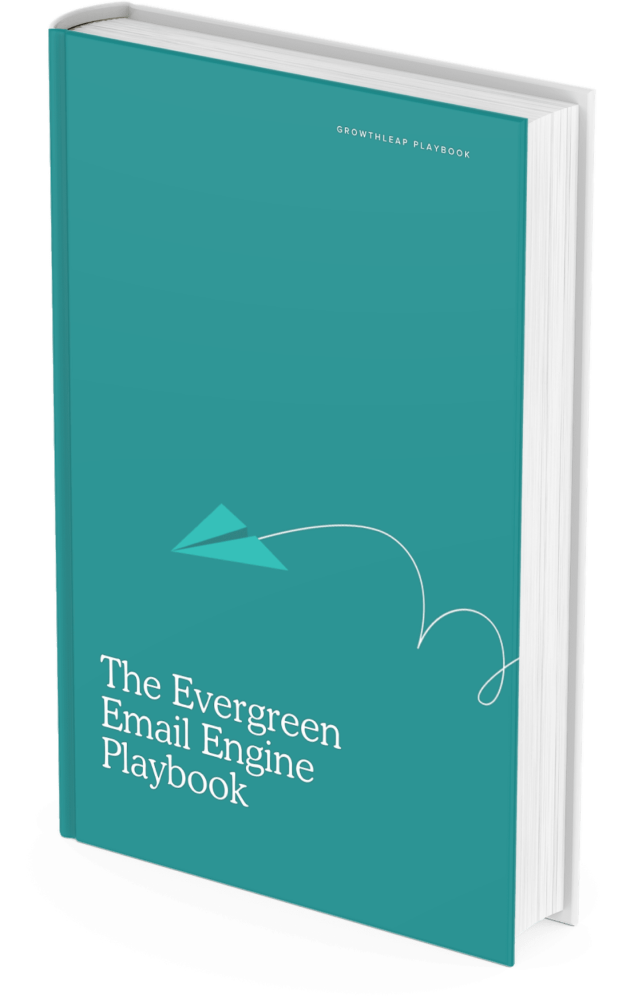
Sales funnel vs marketing funnel is a common question for businesses that are building scalable growth systems. Both funnels describe how prospects become customers, but they operate at different points in the buyer journey. A marketing funnel attracts, educates, and nurtures leads, while a sales funnel qualifies those leads, closes deals, and maximizes long‑term customer value.
If you confuse marketing funnel vs sales funnel, you risk misaligned strategies, wasted budget, and poor lead handoffs between teams. The table below highlights the main differences between a marketing funnel and a sales funnel so you can see exactly where each fits into your growth strategy.
| Aspect | Marketing funnel | Sales funnel |
| Primary goal | Build awareness, nurture interest, and generate qualified leads | Convert qualified leads into paying customers and increase lifetime value |
| Focus | Customer psychology (AIDA) and strategic content flow (TOFU/MOFU/BOFU) | Consultation, conversion, and retention |
| Stages | AIDA Model: Awareness → Interest → Desire → Action TOFU/MOFU/BOFU Model: TOFU (Awareness & Education) → MOFU (Consideration & Nurturing) → BOFU (Decision & Conversion) | 1. Lead Qualification (SQL) → 2. Needs Discovery → 3. Solution Presentation → 4. Proposal/Quotation → 5. Negotiation & Objection Handling → 6. Closing → 7. Post‑Sale (Retention & Advocacy) |
| Owned by | Marketing team | Sales team |
| Key activities | TOFU: content marketing, SEO, ads MOFU: webinars, case studies, lead magnets BOFU: free trials, testimonials, comparison guides | Demos, consultations, proposals, negotiations, closing techniques, retention strategies |
| Metrics | CPA, engagement rates, conversion per channel, lead quality, customer lifetime value | Sales conversion rate, pipeline velocity, average deal size, upsell rate, churn rate |
| Time horizon | Medium to long‑term: brand trust and pipeline growth | Short and long‑term: immediate revenue + customer lifetime growth |
Tools like Deadline Funnel make it easier to connect these two funnels by automating personalized deadlines, creating urgency that boosts conversions, and ensuring marketing efforts actually translate into sales.
What are marketing funnels?
A marketing funnel is a framework that maps how prospects move from first discovering your brand to becoming qualified leads. It represents the stages of the customer journey that marketing teams guide with targeted content, campaigns, and touchpoints.
Choosing the right CRM can significantly improve how these touchpoints are tracked, optimized, and converted.
Unlike a sales funnel, which focuses on direct deal closure, a marketing funnel emphasizes building awareness, nurturing interest, and preparing leads for handoff to sales. Each stage must be addressed before prospects move forward, which makes the funnel essential for creating consistent demand and predictable growth.
Marketing funnels use strategies like SEO, paid ads, social content, and email campaigns to attract and educate prospects. As they progress, prospects encounter tailored content that answers their questions, addresses pain points, and builds trust until they’re ready to engage with sales.
Common examples of marketing funnel touchpoints include:
- landing pages,
- lead magnets,
- blog content,
- webinars,
- social ads,
- and email sequences.
Together, these touchpoints drive engagement, generate qualified leads, and strengthen the brand’s authority
Benefits of a marketing funnel
A well‑designed marketing funnel builds the foundation for long‑term customer relationships and revenue growth.
There are 4 main benefits of a marketing funnel:
- Provides measurability
Marketing funnels provide clear metrics that show how well the campaigns reach and influence prospects. Tools like Google Analytics and social media dashboards track impressions, engagement, and conversions at each stage.
- Helps build trust
Informational materials, in particular, help establish legitimacy for a brand. Moreover, content helps the customer view your company as an industry expert.
Additionally, case studies and customer testimonials help the sales prospect see your product or service as worth their attention.
- Improves marketing strategy
Breaking the customer journey into stages allows teams to identify weak points, refine messaging, and align tactics with buyer intent. The result is a streamlined path from awareness to action.
- Creates assets for your sales team
Prospects moving through the funnel are already educated and engaged, which make them easier for sales reps to convert. Marketing materials can also be repurposed as sales assets, reducing the time spent on objections and explanations.
Stages of a Marketing Funnel
There are two widely accepted ways to define the stages of a marketing funnel. The AIDA model focuses on the customer’s mental journey, while the TOFU/MOFU/BOFU model focuses on the strategies and content that guide prospects through that journey.
1. The AIDA model (Customer’s mental stages)
The AIDA model maps how a potential customer thinks and feels as they move from first hearing about a brand to making a purchase.
- Awareness → The customer first becomes aware of the brand or product through ads, SEO, social media, or referrals.
- Interest → The customer actively engages with content, showing curiosity about the brand’s offerings.
- Desire → The customer starts forming a preference, comparing options, and leaning toward your solution.
- Action → The customer decides to purchase, sign up, or take the next conversion step.
The AIDA model emphasizes psychology and motivation, which helps marketers understand why customers move forward.
2. The TOFU/MOFU/BOFU model (Marketing strategy & content)
The TOFU/MOFU/BOFU model defines the marketing funnel in terms of tactics and content strategy.
- Top of Funnel (TOFU) → Content designed to reach a broad audience and create awareness. Examples include blog posts, infographics, social ads, and educational videos.
- Middle of Funnel (MOFU) → Content aimed at nurturing leads who have already shown interest. Examples include webinars, lead magnets, case studies, and email sequences.
- Bottom of Funnel (BOFU) → Content focused on driving conversion and decision‑making. Examples include free trials, comparison guides, customer testimonials, and demos.
This model emphasizes execution, which helps marketing teams decide which assets to deploy at each stage.
Measuring the success of a marketing funnel
Tracking marketing funnel performance requires metrics that show reach, engagement, cost efficiency, and conversion quality. Below are the key KPIs every marketing team should monitor.
Impressions
What it is: The total number of times your ads, posts, or content appear on a user’s screen.
Why it matters for marketing: High impressions signal strong reach and visibility at the top of the funnel.
How to calculate it: Automatically tracked by ad platforms and analytics tools (no manual formula).
Search engine rankings
What it is: The position of your website pages in Google or other search engines.
Why it matters for marketing: Higher rankings generate consistent organic traffic and reduce dependency on paid ads.
How to calculate it: Track target keyword positions with SEO tools or Google Search Console.
Click‑through rate (CTR)
What it is: The percentage of users who click a link after seeing it.
Why it matters for marketing: Reflects how compelling your ads, subject lines, or CTAs are.
How to calculate it: (Clicks ÷ Impressions) × 100.
Cost per click (CPC)
What it is: The average cost you pay each time someone clicks on your ad.
Why it matters for marketing: Directly affects budget efficiency and campaign ROI.
How to calculate it: Total ad spend ÷ Total clicks.
Conversion rate (CVR)
What it is: The percentage of visitors who complete a desired action such as filling out a form or making a purchase.
Why it matters for marketing: Shows how well campaigns move prospects from awareness into action.
How to calculate it: (Conversions ÷ Total visitors) × 100.
Customer acquisition cost (CAC)
What it is: The total cost of acquiring one new customer.
Why it matters for marketing: Indicates the efficiency of your funnel in producing paying customers.
How to calculate it: (Marketing spend + Sales spend) ÷ Number of new customers.
Return on investment (ROI)
What it is: A measure of profitability compared to marketing spend.
Why it matters for marketing: Confirms whether campaigns generate more value than they cost.
How to calculate it: (Revenue − Marketing spend) ÷ Marketing spend × 100.
Or, to make it easier, use the free funnel ROI calculator.
Marketing Funnel Tools
Effective marketing funnels rely on tools that support clear communication, timely follow‑ups, and measurable results.
Canva
Canva is a design tool that helps create checklists and infographics that convey information quickly.
Typeform
Typeform can create interactive content such as quizzes and surveys. The information gathered can help divide customers into different subsets and allow you to market to them better.
Leadpages
Leadpages helps a marketing team build an engaging website, landing page, pop-ups, and online ads. Moreover, Leadpages offers users the opportunity to optimize content continually.
Funnelflows
Funnelflows help a marketing team visualize each step of the marketing funnel. This allows marketers to view pain points and keep track of different branches of the funnel to create a sales support marketing strategy.
SendinBlue
SendinBlue allows marketing teams to send emails at the right time using machine learning to determine which times gather the most engagement for emails.
Marketing Funnel Examples
NYX: NYX has stellar photos on its Pinterest page with different photos of its beauty products. Once customers click on a picture, they are directed to a specialized portion of the website designated for that particular beauty product. The website will give the viewer several options to choose from. Afterwards, the customer will hopefully purchase a beauty product.
Snaptravel: Snaptravel begins its marketing funnel on its Facebook page. A potential customer is encouraged to interact with a chatbot immediately. After gathering information about where the prospect would like to visit, the chatbot presents the customer with a brief travel plan. This allows the customer to move through the sales funnel in minutes.
Wix: Wix appears first on many Google Searches through SEO searches about website creation. Their many blogs inform prospects about how to create landing pages. Wix then offers prospects a free trial and the opportunity to begin building a website immediately.
Bannersnack: Bannersnack uses Facebook pay-per-click ads to pique interest and inform prospects about potential benefits and unique video advertisements. After a prospect clicks on an ad, they are directed to the landing page where a customer is offered basic tools with the option to unlock premium advertising tools through purchase.
What are sales funnels?
A sales funnel is a framework that maps how qualified leads move from initial consultation to becoming paying customers and long‑term advocates. It represents the structured stages of the customer journey that sales teams guide with direct interaction, tailored solutions, and follow‑up strategies.
The main difference between a sales funnel vs marketing funnel is that sales funnels are often conversion funnels. A conversion funnel is focused on the bottom line and generating as much money as possible.
As leads advance, sales teams address objections, present solutions, and close deals while laying the groundwork for ongoing customer relationships.
Common examples of sales funnel touchpoints include:
- consultation calls,
- live product demonstrations,
- pricing proposals,
- negotiation meetings,
- onboarding processes,
- and post‑sale support.
These touchpoints help convert qualified leads, maximize revenue, and strengthen customer loyalty.
Benefits of a sales funnel
A sales funnel isn’t just a way to organize leads. It gives structure to the entire sales process, and makes it easier to track progress, understand customer needs, and build lasting relationships.
There are 5 main benefits of a sales funnel:
- Clearer focus
Sales funnels help teams spend their time on leads most likely to buy instead of chasing every opportunity.
- Better forecasting
With defined stages, it’s easier to see how many deals are in progress and predict potential revenue.
- Fewer roadblocks
Tracking how leads move through the sales funnel highlights where they slow down, and it gives teams a chance to fix problem areas.
- Stronger relationships
The funnel continues after the sale with follow‑ups, support, and upsell opportunities, turning new customers into long‑term ones.
- Closer marketing alignment
A clear handoff from marketing ensures that sales receives leads who are ready to talk, which reduces wasted effort.
Stages of a sales funnel
The sales funnel begins once a lead is qualified for direct contact. From there, it guides prospects through structured steps that help them make informed decisions and build trust with your business.
Stage 1: Lead qualification (SQL)
At this stage, marketing hands over leads that meet specific criteria, known as Sales Qualified Leads (SQLs). These are prospects who have shown enough interest or fit the right profile to be worth direct outreach. Qualification ensures sales teams focus on people with a real chance of converting.
Stage 2: Needs discovery/Consultation
Sales teams connect with the lead to learn about their goals, challenges, and expectations. This step builds understanding and helps tailor the conversation to the customer’s actual needs rather than offering generic solutions.
Stage 3: Solution presentation/Product demo
Once needs are clear, the salesperson presents a solution. This could be a live product demo, a tailored presentation, or a walkthrough of features that solve the lead’s problems. The focus here is on showing value in a way that feels relevant and concrete.
Stage 4: Proposal/Quotation
After demonstrating the solution, the next step is providing a formal proposal or quotation. This document outlines pricing, deliverables, and terms, giving the prospect everything they need to evaluate the offer seriously.
Stage 5: Negotiation & objection handling
Prospects often have questions, concerns, or requests for adjustments. The negotiation stage involves addressing objections, clarifying details, and finding common ground so the deal feels like a fair and beneficial choice for both sides.
Stage 6: Closing the deal
If negotiations are successful, the customer agrees to move forward. This stage involves finalizing contracts, securing payment, or activating subscriptions. A smooth closing process reduces friction and builds confidence.
Stage 7: Post‑sale (Retention/Upselling/Advocacy)
The relationship doesn’t end after closing. Sales teams follow up to ensure customer satisfaction, provide onboarding support, and identify opportunities for upselling or cross‑selling. Happy customers often become brand advocates, bringing in referrals and repeat business.
Measuring success of a sales funnel
Sales funnel metrics build on some of the same KPIs used in marketing but highlight how they impact deal closure and revenue. Since we’ve already covered what these metrics are and how to calculate them, here we’ll focus on why they matter for sales, with short reminders where useful.
Net promoter score (NPS)
What it is: A measure of customer loyalty based on the likelihood of recommending your brand.
Why it matters for sales: High NPS predicts stronger retention and referral business.
How to calculate it: % Promoters − % Detractors from survey responses.
Click‑through rate (CTR)
Why it matters for sales: Indicates how effective outreach emails, proposals, or follow‑up offers are at getting prospects to take the next step.
Cost‑per‑click (CPC)
Why it matters for sales: Impacts the cost efficiency of lead‑generating campaigns that eventually feed into the sales funnel.
Conversion rate (CVR)
Why it matters for sales: Measures how effectively qualified leads turn into paying customers at each stage of the funnel.
Return on investment (ROI)
Why it matters for sales: Confirms whether sales activities and outreach campaigns deliver more revenue than they cost.
Return on ad spend (ROAS)
What it is: The revenue generated for each dollar spent on ads.
Why it matters for sales: Connects advertising investment directly to closed deals.
How to calculate it: Revenue from ads ÷ Ad spend.
Cost per acquisition (CPA)
What it is: Average spend to acquire one customer.
Why it matters for sales: Shows whether the funnel efficiently produces new customers.
How to calculate it: Campaign cost ÷ Number of new customers.
Customer lifetime value (CLV)
What it is: The projected revenue from a customer over their relationship with the brand.
Why it matters for sales: Helps determine acceptable acquisition costs and guides retention strategies.
How to calculate it: Avg. order value × Purchase frequency × Customer lifespan.
Cost per lead (CPL)
What it is: The cost of generating a new lead.
Why it matters for sales: Indicates the quality and cost‑effectiveness of leads entering the funnel.
How to calculate it: Campaign cost ÷ Number of leads.
Additional sales funnel metrics to track
- Sales velocity → How quickly deals move through the funnel.
- Win rate → The percentage of closed deals vs. total opportunities.
- Average deal size → Average revenue per closed deal, useful for forecasting.
- Pipeline coverage → Ratio of pipeline value to sales targets.
Sales funnel software
Sales funnel tools help teams manage leads, track progress, and keep deals moving through each stage of the funnel.
Deadline Funnel
Deadline Funnel helps sales and marketing teams add personalized urgency to their funnels.
With features like evergreen deadlines, behavior‑based triggers, and multi‑channel tracking, it bridges the gap between marketing campaigns and sales conversions. By showing each prospect a unique deadline, it increases action rates by 30% without breaking trust.
Leadpages
Leadpages helps both the sales and marketing funnel by creating stunning landing pages.
Kartra
Kartra helps with customer acquisition and retention through many different sales and marketing tools such as CRM, landing page builders, and email marketing.
BIGContacts
BigContacts helps to create workflows that funnel leads through different portions of the sales funnel. By increasing touchpoints, brands can manage customer interactions and utilize robust communication tools to outpace others within competitive markets.
Moosend
Moosend is another automation workflow that removes pressure and increases speed by providing pre-built templates. Moosend is great for many companies creating their first sales funnel.
Sales Funnel Examples
Groupon: Groupon gains traffic through ads and direct traffic as well as SEO. Once prospects reach their site, they are prompted to enter their information through an email opt-in pop-up on their website.
HelpScout.com gets traffic through emotional video content with products placed throughout to gather customer trust. Once a prospect clicks on the video, they are directed to a stunning website with social proof.
AutoGrow.com gets traffic through newsletters and articles. Once a potential customer enters the website, AutoGrow presents them with a call to action through a demo video. Then, customers are given a price chart that gives all the information and offers prospects autonomy to make an informed decision.
Basecamp gathers traffic mainly through organic searches and blogs. The Homepage shows a product demo, and visitors are offered a 30-day free trial to test the product without entering credit card information.
Many SaaS brands use tools like Deadline Funnel to add urgency to free trials and special offers. For example, by showing a personalized countdown timer, they convert indecisive leads into paying customers before the deadline expires.
Difference between sales and marketing funnels
Sales and marketing funnels share many similarities. However, Marketing funnels focus on advertising a product, promoting awareness, and generating leads. On the other hand, a sales funnel deals with the qualified leads from the marketing funnel.
After a lead has been converted, the sales funnel focuses on customer loyalty and gaining as much revenue from each paying customer.
Coordinating your sales funnel vs marketing funnel
Marketing and sales funnels work best when they operate as part of one connected system. Misalignment can lead to poor handoffs, wasted leads, and missed revenue.
Coordinating your marketing funnel with your sales funnel requires clarity at three critical points: the handoff process, service level agreements, and ongoing feedback loops.
The handoff process
The most important point of coordination is when a Marketing Qualified Lead (MQL) becomes a Sales Qualified Lead (SQL).
- MQL criteria often include lead score thresholds, high‑value content downloads, webinar sign‑ups, or visits to pricing pages.
- SQL criteria are based on clear purchase intent, such as requesting a demo, booking a consultation, or meeting firmographic requirements (e.g., company size, budget, industry).
This handoff ensures sales teams focus only on leads with real buying potential. Tools like Deadline Funnel support this process by adding personalized urgency to offers, helping leads cross the line from MQL to SQL faster.
Service level agreements (SLAs)
SLAs formalize expectations between teams. A typical SLA might state:
- Marketing will deliver a set number of qualified leads each month.
- Sales will follow up with each SQL within a defined time (e.g., 24 hours).
These agreements keep both teams accountable and ensure that leads don’t fall through the cracks.
Feedback loops
Continuous communication keeps the funnel healthy on both sides.
- From Sales to Marketing: Sales teams share which leads convert best, which objections come up most often, and what messaging resonates in conversations.
- From Marketing to Sales: Marketing provides data on campaign performance, engagement rates, and the content pieces that generate the most qualified leads.
These loops allow both teams to adjust strategies quickly. For example, if sales reports that prospects hesitate on pricing, marketing can produce comparison charts or case studies.
| Element | What it means | Why it matters | Example in action |
| Handoff process | Moving a lead from MQL to SQL with set criteria | Focuses sales on leads with buying intent | Pricing page visits, demo requests, lead score thresholds |
| SLAs | Formal commitments between marketing and sales | Prevents wasted leads and ensures timely follow‑up | Marketing delivers 200 SQLs per month, Sales follows up in 24 hours |
| Feedback loops | Two‑way communication between teams | Improves messaging, lead quality, and funnel efficiency | Sales shares objections, marketing updates campaigns |
Marketing funnels attract and educate. Sales funnels convert and retain. Growth happens when the two are connected without gaps.
That connection depends on timing. Leads that wait too long lose interest. Sales teams that follow up too late miss opportunities.
Deadline Funnel gives you control of that timing. Personalized deadlines move prospects forward while their interest is still high.Start your free trial today and see how Deadline Funnel helps your marketing and sales funnels work together from first click to closed deal.







